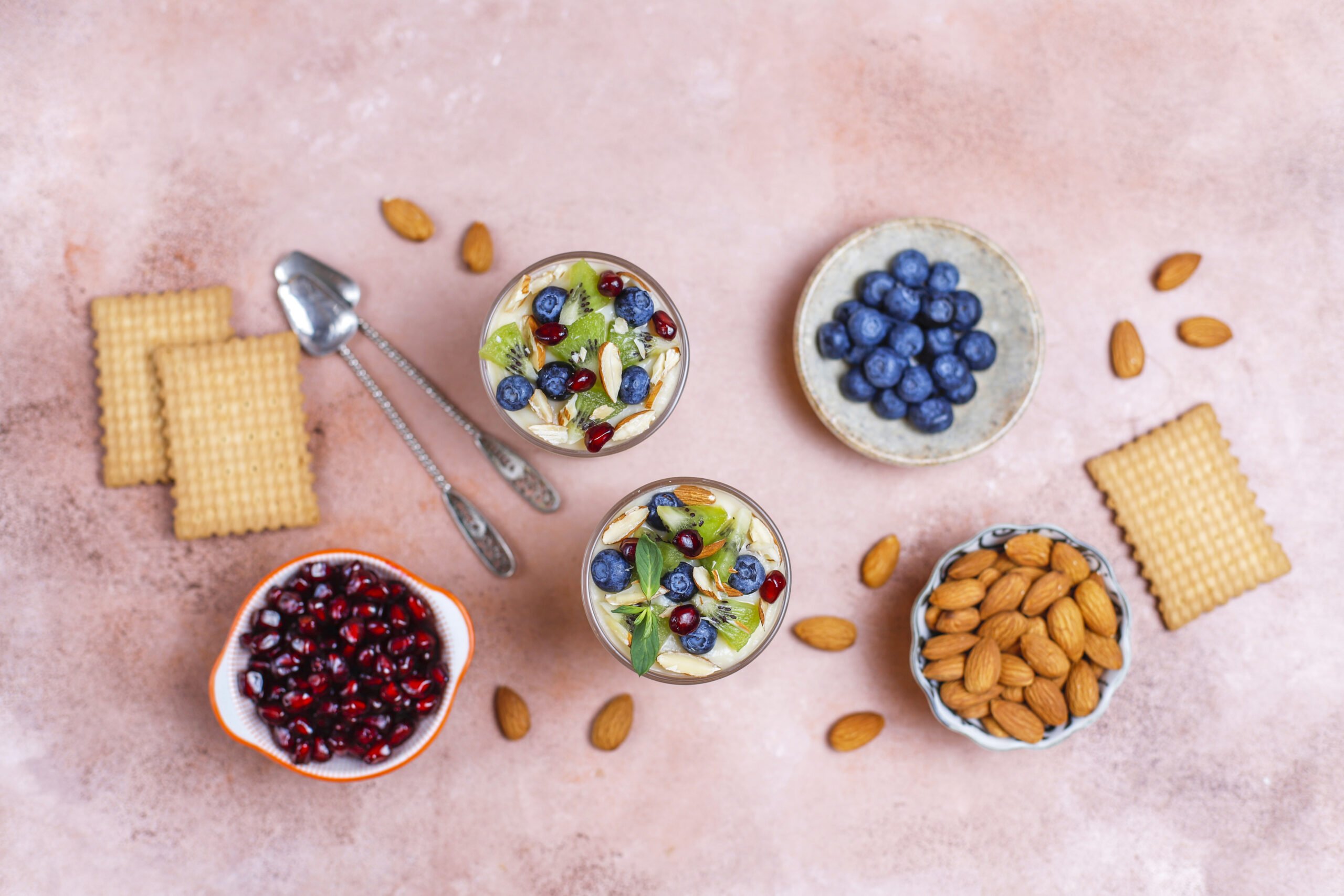Sugar is something we often eat in many foods, from desserts to drinks. While a little bit of sugar can be fine, having too much can be harmful to your health, particularly if you’re trying to shed some extra pounds. When you consume excess sugar, it can make losing weight more challenging because it adds extra calories without filling you up, leading to overeating.
This blog will look into how sugar fits into your daily diet and why it can be a roadblock to weight loss. We’ll also share some straightforward tips on how to cut down on sugar in your meals and snacks. This makes it easier for you to reach your weight loss goals.
Understanding Sugar and Its Impact on the Body
Sugar is found in different forms in our diet. There’s natural sugar, like the kind you get from fruits, and added sugar, which is often found in processed foods like candy and soda. Natural sugars are usually better for you because they come with other nutrients, but having too much sugar, whether natural or added, can still be a problem.
When you eat sugar, your body turns it into glucose, which gives you energy. But if you eat more sugar than your body needs for energy, the extra glucose gets stored as fat. This can lead to weight gain over time, making it harder to maintain a healthy weight.
The Link Between Sugar and Weight Gain
High sugar intake is strongly linked to weight gain. When you consume too much sugar, especially from sugary drinks and snacks, it can lead to an increase in calorie intake without making you feel full. This often results in overeating. Additionally, sugar can trigger cravings, making it harder to resist unhealthy foods. Over time, this pattern can make weight loss difficult and even contribute to other health issues like diabetes.
Strategies to Reduce Sugar Intake
Cutting back on sugar is really important if you want to lose weight effectively. Here are a few easy ways to do it:
- Read Labels and Be Aware of Hidden Sugar
A lot of packaged foods have sugars that you might not even realise are there. To avoid eating too much, make it a habit to read the labels on foods so you know exactly what you’re eating.
- Replace Sugary Snacks with Healthier Options
Instead of reaching for candy or cookies when you want a snack, try something healthier like fruits, nuts, or yoghourt. These options still satisfy your sweet tooth but without all the extra sugar.
- Gradually Cut Down on Sugar in Drinks and Desserts
If you usually add sugar to your coffee, tea, or enjoy sugary desserts, try using a little less sugar each time. As you gradually reduce the amount, your taste buds will start to get used to it, and soon you won’t crave as much sugar.
Conclusion
Reducing sugar intake is an important step in achieving and maintaining weight loss. By being mindful of the types of sugar you consume and making small changes to your diet, you can make a big difference in your health.
Whether you’re on a weight loss journey or simply trying to eat healthier, these strategies can help you reach your goals. And if you’re looking for a place to stay active and support your fitness goals, consider joining Nitro Gym in Al Barsha & DSO to keep yourself on track.










